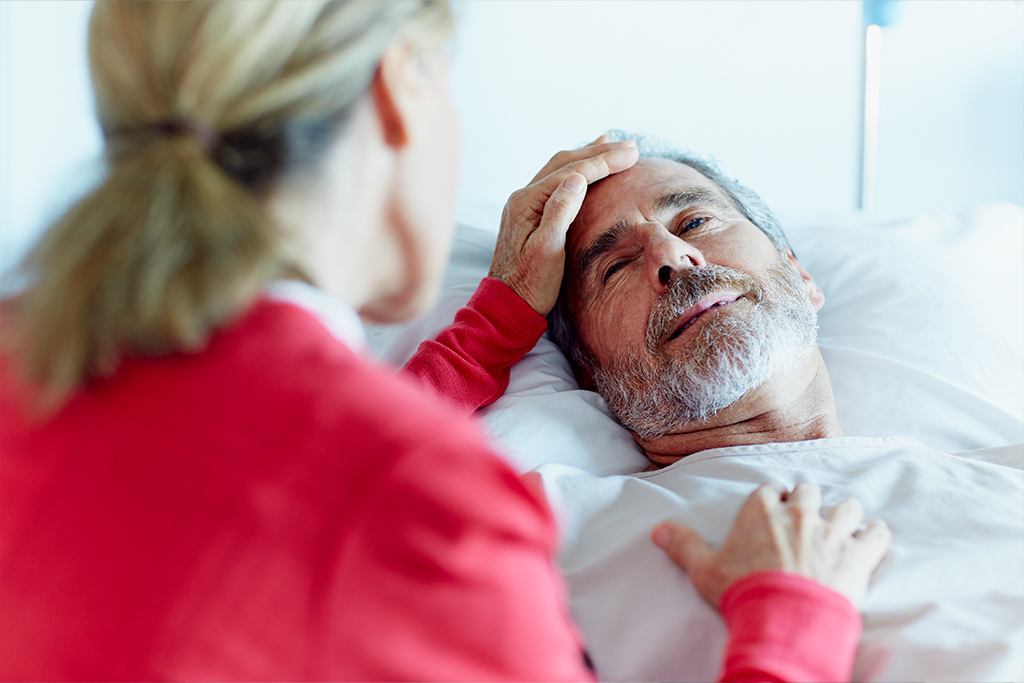
October 29 is World Stroke Day. This post will underline ways to prevent a disease affecting 800,000 Americans annually.
The Centers for Disease Control says 610,000 of those are new stroke victims. This means that 25% of those who suffer strokes have had one before. Lifestyle changes could reduce those numbers.
We’ll learn how to identify a stroke in progress and what to do when someone suffers one.
What is a stroke?
Known as a brain attack, a stroke happens when something blocks part of the brain’s blood supply. Or, when a blood vessel bursts in the brain. This damages portions of the brain, and can lead to damage, long-term disability, or death.
In the U.S., stroke is the leading cause of adult disability and the fourth leading cause of death. This is according to the Society for Cardiovascular Angiography and Interventions. Through its website, SecondsCount.org, the society advocates for heart health.
How to identify a stroke
Your goal if someone suffers a stroke is a quick response. With a bit of knowledge, you can help the victim’s chance of survival. It begins with a sudden change in behavior.
John Ardeljan is a Neurologist at Wilmington Health. He says to dial 911 immediately if someone suffers a stroke.
“Ask medics to take the patient to the nearest stroke treatment center,” Dr. Ardeljan said. “Time is of the essence to save brain tissue — or even the victim’s life.”
A false alarm is better than waiting too long if it’s the real thing.
The FAST method
At a glance, one can make the determination whether a stroke could be happening — if you know what to look for. From the American Stroke Association:
F – Face drooping
Is one side of the person’s face drooping or numb? When he or she smiles, is the smile uneven?
A – Arm weakness
Is the person experiencing weakness or numbness in one arm? Have the person raise both arms. Does one of the arms drift downward?
S – Speech difficulty
Is the person’s speech suddenly slurred or hard to understand? Is he or she unable to speak? Ask the person to repeat a simple sentence. Can he or she repeat it back?
T – Time to call 9-1-1
If any of these symptoms are present, dial 9-1-1 immediately. Check the time so you can report when the symptoms began.
Differences in men and women suffering a stroke
The American Stroke Association says men and women often feel similar symptoms. In both genders, apply the FAST method, and watch for trouble seeing out of one or both eyes, or compromised coordination.
Women sometimes exhibit different symptoms, including:
- Disorientation, confusion, memory problems
- Fatigue, nausea, and vomiting
- Weakness
These symptoms might be subtle, but a timeline for treatment is no less important. Err on the side of caution. Seek help immediately.
Rachel Rice is a PA-C at Wilmington Health Neurology. She says any new onset vertigo, ataxia, or tremors could be a sign of a stroke.
“Patients should consider seeing a neurologist for evaluation,” Rice said. “Then get the appropriate treatment.”
Preventing a Stroke
Lifestyle is a key part of stroke prevention. The following choices and health habits go a long way toward reducing the likelihood of suffering a stroke:
- Consume healthy drinks and food. Meals and snacks that promote good health also help prevent a stroke. Fresh fruits and vegetables are a great place to start.
- Make low-fat choices. Opt for high-fiber foods like whole-wheat pasta, lentils, and berries. High blood pressure increases your stroke risk. Avoid these as much as possible:
- Cholesterol is in processed foods, red meats, chicken, fish, eggs, high-fat dairy products, and deep-fried fast foods
- Saturated fats are in beef, pork, poultry, and full-fat dairy
- Trans fats are in meat and milk fat
- Keep a healthy weight. Obesity increases risk. Ask your physician to calculate your Body Mass Index to determine any next steps.
- Exercise. Try to get 2 hours and 30 minutes of moderate-intensity aerobic activity per week. That could be as little as brisk walking. Physical activity contributes to:
- Lower blood pressure levels
- Healthy weight
- Lower cholesterol
- Don’t smoke. Cigarettes raise your risk. Don’t start. If you already do, quit. Ask your doctor about smoking cessation programs.
- Limit alcohol. Alcohol, in excess, can raise blood pressure — and stroke risk. For men, limit intake to two drinks per day. For women, have no more than one. The CDC has further details and guidelines.
- Control medical conditions. Some health conditions can increase stroke risk. Speak with your doctor about steps toward better health if you have:
- Diabetes
- Heart disease
- High blood pressure
- High cholesterol
- Check cholesterol. Be tested every five years at least. It’s an easy blood test. Medication and lifestyle changes can help lower your risk.
- Control blood pressure. Check it often, because high blood pressure often has no symptoms. You can check in at your doctor’s office, home, or pharmacy. Medicine and dietary changes, including a reduction of sodium, can improve your condition.
- Control diabetes. Maintain healthy glucose levels. Physical activity and healthier eating can help to keep blood sugar in a safe range.
- Treat heart disease. Coronary artery disease or irregular heartbeat patients might need surgery or treatment.
- Take your medicine. Don’t stop taking medicine without a doctor’s or pharmacist’s consent. Follow doctor’s orders if you have:
- Diabetes
- Heart disease
- High blood pressure
- High cholesterol
- Work with your health care team. It’s a collaborative effort. A treatment plan should be a topic of every visit. Bring a list of questions to appointments.
The providers in Wilmington Health’s Department of Neurology are here to help. Learn more about stroke prevention online.
